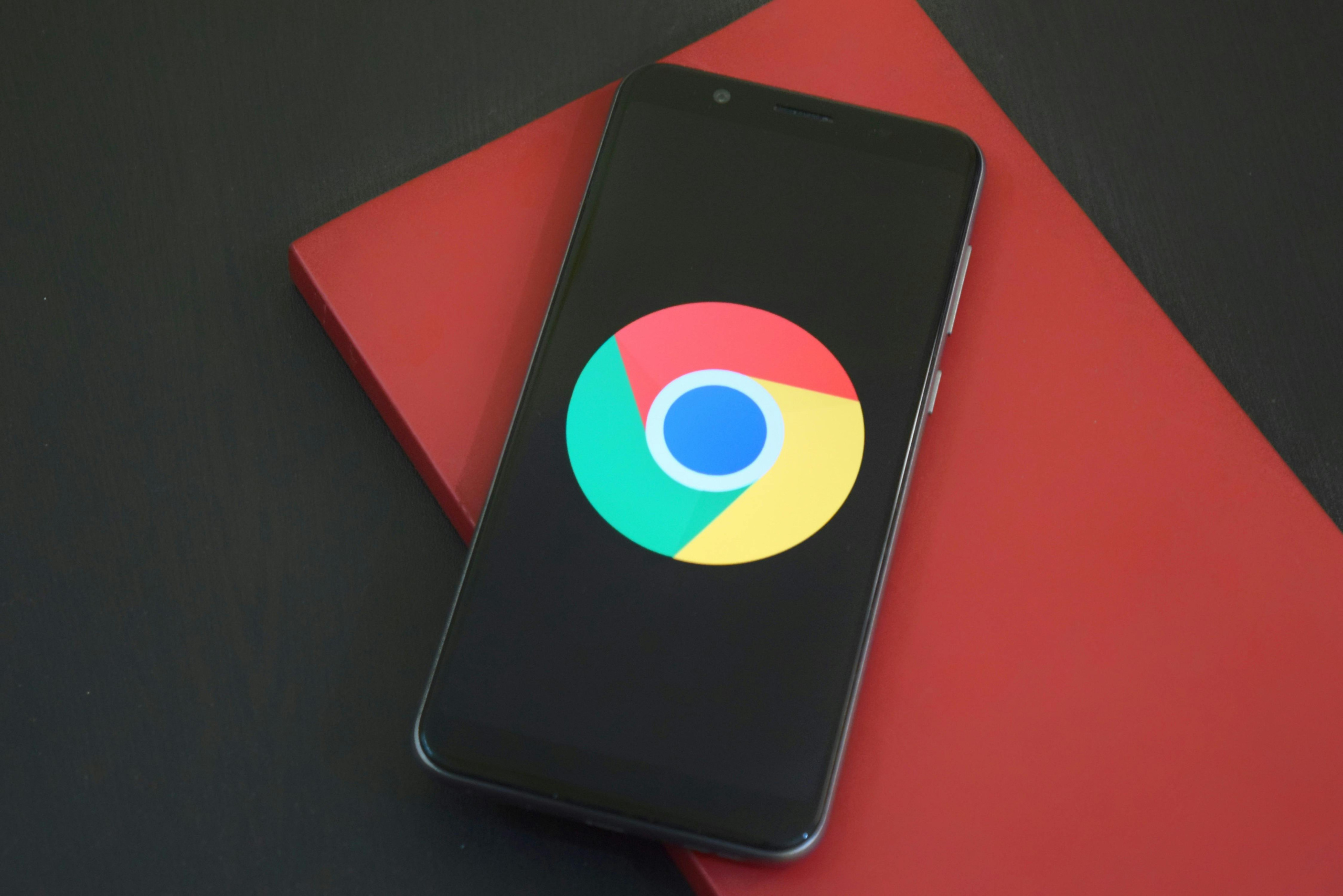GOOGLE ADS: HOW WE SAVED A CLIENT THOUSANDS
Case Study
Keep reading to see how we overhauled an underperforming Google Ads account to slash wasted spend and boost lead quality.
AI & SEO: NAVIGATING THE NEW RULES OF SEARCH
Insight
Between the rise of AI-generated answers in search engines, and the explosion of tools like ChatGPT in marketing teams, we’re entering a new era, one where artificial intelligence isn’t just shaping how we create content, but how people find it too.
Atlas & Rue Ltd. Company number 16460491.
All Rights Reserved. Privacy Policy
GOOGLE ADS: HOW WE SAVED A CLIENT THOUSANDS
Case Study
The Problem
This client came to us frustrated.They were spending thousands on Google Ads every month and seeing very little in return. Lead quality was low (fewer than 3 in 10 leads were actually a good fit), and the cost per conversion? North of £300.Worse still, they’d already been through an agency who told them, “That’s just how it is in your industry.”
It's not. It wasn’t the industry or the budget that was the problem, it was the strategy. Or more accurately, the lack of one.
Red Flags
When we dug in, here’s what stood out:• All match types lumped together, with no control over which terms triggered which ads
• Zero segmentation by service meaning all traffic went to the same handful of generic landing pages
• Broad keywords with no negative keywords attached
• Ads written like a brochure, not a solution to a problem
• Manual bidding with no learning, no optimisation, and no way to scale intelligentlyThis wasn’t just a performance issue. It was a structural issue, and a major one at that.

The Strategy
We rebuilt the account entirely around one simple principle: match the user’s search intent at every stage.
1. New Campaign Structure
We broke out campaigns by service line and gave each its own:• Phrase match campaign (focused and precise)
• Broad match campaign (to capture useful outliers where the phrase match campaign wasn’t triggered, heavily filtered by negatives)This meant we were only spending money when the search matched the offer. No more wasted clicks.
2. Laser-Focused Ad Groups
Every ad group targeted a specific, high-intent search cluster, terms that reflected real, qualified buyers.
We wrote new ad copy for each, rooted in:• The pain the user is experiencing
• The specific solution the client offers
• A strong, confident call to action
3. Dedicated Landing Pages
We then built new landing pages tailored to each service. These weren’t just clones with swapped-out titles, they were:• Structured to address specific pain points to match the users actual search, metrics, case studies etc.
• Designed with conversion in mind (clear hierarchy with no distractions).This alignment massively improved user experience, and Google rewarded us with higher Quality Scores and lower CPCs.
4️. Automated Bidding: Maximise Conversions
Once the structure was sound, we let Google’s algorithm do its thing. We shifted to Maximise Conversions with target CPA, giving it the signals it needed to push the best-performing terms higher and suppress the ones that weren’t converting.We added a max cost per conversion to each campaign, adjusted the daily budgets, and we turned off Google Search Partners.The difference was night and day.
The Results: From ~£390 to ~£38 Per Conversion
Just 2 months after launch, we’d completely flipped the numbers:
January, before changes were made:

March, after changes were made:

The leads weren’t just cheaper, they were better—organisations who actually needed the client’s services, ready to move quickly, and aligned with their offering.With an average first sale being over £5k for this services client, and repeat business being a significant factor, we are excited to continue working together and calculate a return on investment which we expect to be extremely healthy.
What a Lot of Agencies get Wrong
This is where a lot of agencies drop the ball. They:• Focus on impressions and click volume instead of lead quality
• Chase surface-level CTRs while ignoring what happens after the click
• Throw in broad match and hope the algorithm figures it out
• Leave landing pages untouched and wonder why conversions flatlineAnd when the results aren’t there? They blame the industry.You deserve better.
Been Burned Before? Don’t Let That Stop You
This client nearly pulled the plug on Google Ads altogether. They’d been told “nothing more can be done.”
That their cost per lead was just a reflection of a difficult market.We proved that wrong. And we’ve done it again since.If you’ve been burned, it doesn’t mean PPC can’t work for you. It just means the strategy wasn’t built with your business, or your users in mind.
🔥 Want to See What We Could Do for You?
We’re not here to churn out cookie-cutter campaigns. We build smart, lean, high-performing ads that convert, without wasting a penny more than needed.Let’s talk about how to turn your spend into real results.Photo by Deepanker Verma
Atlas & Rue Ltd. Company number 16460491.
All Rights Reserved. Privacy Policy
AI & SEO: NAVIGATING THE NEW RULES OF
SEARCH
Insight
The world of search has changed. Where once people typed fragmented keywords into Google, now they ask full questions, engage in follow-up dialogue, and expect instant, summarised answers. Artificial intelligence has disrupted the way we search, the way we trust information, and critically, the way brands need to be discovered.We’re not just watching this transformation unfold, we’re adapting strategies in real time to ensure our clients stay ahead of the curve. Here's what the AI revolution means for SEO, and how to turn it into a competitive edge.
Search Has Evolved. So Must Your Strategy.
AI has fundamentally changed user behaviour. People now interact with search engines the way they’d speak to a friend or advisor. Tools like ChatGPT and Google’s Search Generative Experience (SGE) are driving more natural, conversational search queries. We’ve moved from transactional searches like “best electric car 2025” to multi-layered prompts such as “What’s the most affordable electric car for city driving with high safety ratings in the UK?”That shift matters. It means SEO strategies rooted solely in keywords are rapidly becoming outdated. Success now hinges on understanding search intent, anticipating follow-up queries, and structuring content in a way that AI tools can easily summarise and surface. The brands that win will be those that create not just keyword-optimised content, but answer-ready content.
Content for Humans and Machines
A major challenge, and opportunity, is that much of today’s search never reaches a traditional web page. In many AI-led experiences, the user gets a summarised answer directly in the interface, often without clicking through. This is what’s known as the “zero-click” reality of modern search.However, being referenced in those summaries is becoming as powerful as a page-one ranking once was. That means brands must focus on structuring their content for clarity, credibility, and topical authority. Internal linking, schema markup, concise answers to common questions, and trustworthy tone all play a part.In one recent campaign, we supported a property client whose blog post on regeneration in Northern cities was being cited in ChatGPT’s results, despite not being the top-ranking page on Google. Because the content was structured clearly, offered fresh data, and addressed the intent behind the search query, not just the keywords, the content was being cited. Their organic traffic to that blog increased 27% month-on-month, with a noticeable uptick in time-on-page.

AI as an Accelerator, Not a Replacement
There’s a growing misconception that AI can replace content creation altogether. The reality however is that AI is a tool, not a strategy. Used correctly, it can speed up research, identify opportunities, and streamline production. But quality still demands a human touch.We use a combination of AI and editorial expertise to build content that performs. For example, we might use AI to generate initial outlines or draft versions of location-based landing pages at scale. But our team always reviews, rewrites, and aligns the final copy to the brand voice, user intent, and SEO best practice.
What You Should Be Doing Right Now
If your SEO strategy still revolves around keyword stuffing or monthly blog posts without a clear purpose, now is the time to shift gears. Here’s what we recommend for brands looking to not just survive the rise of AI, but benefit from it:• Review and restructure key content so that it clearly answers search intent. Think FAQs, how-tos, definitions, and concise summaries.
• Double down on topical authority. It’s not enough to post once a month, Google and AI platforms reward consistency and thematic depth.
• Optimise for voice and conversation. Build content that anticipates follow-up questions and reads naturally aloud.
• Use AI tools strategically for ideation, brief building, and content scaling, but always with editorial oversight.
• Focus on “EEAT”. Trust signals, like author bios, client reviews, accreditations, and case studies are more important than ever in being surfaced by AI.
Looking Ahead: The AI-Search Ecosystem is Just
Getting Started
This isn’t a phase. AI is fundamentally reshaping the search ecosystem. We're already seeing AI agents that can take action on a user’s behalf, booking appointments, making purchases, comparing services in real time. This means visibility is no longer the only goal, trust and clarity are essential too.Brands who embrace this shift now, investing in smarter SEO and more structured content, will be best placed to grow visibility and influence as AI search matures.
Ready to Adapt Your SEO for the Age of AI?
At Fuego Digital, we’ve helped businesses across sectors future-proof their SEO and content strategies in the age of AI. Whether it’s rewriting a site to be AI-surfacing ready, scaling local pages with the help of generative tools, or creating intelligent blog strategies that attract real leads, we’re already seeing the results.It’s time to make sure you aren't being left behind.
Photo by Matheus Bertelli
Atlas & Rue Ltd. Company number 16460491.
All Rights Reserved. Privacy Policy



